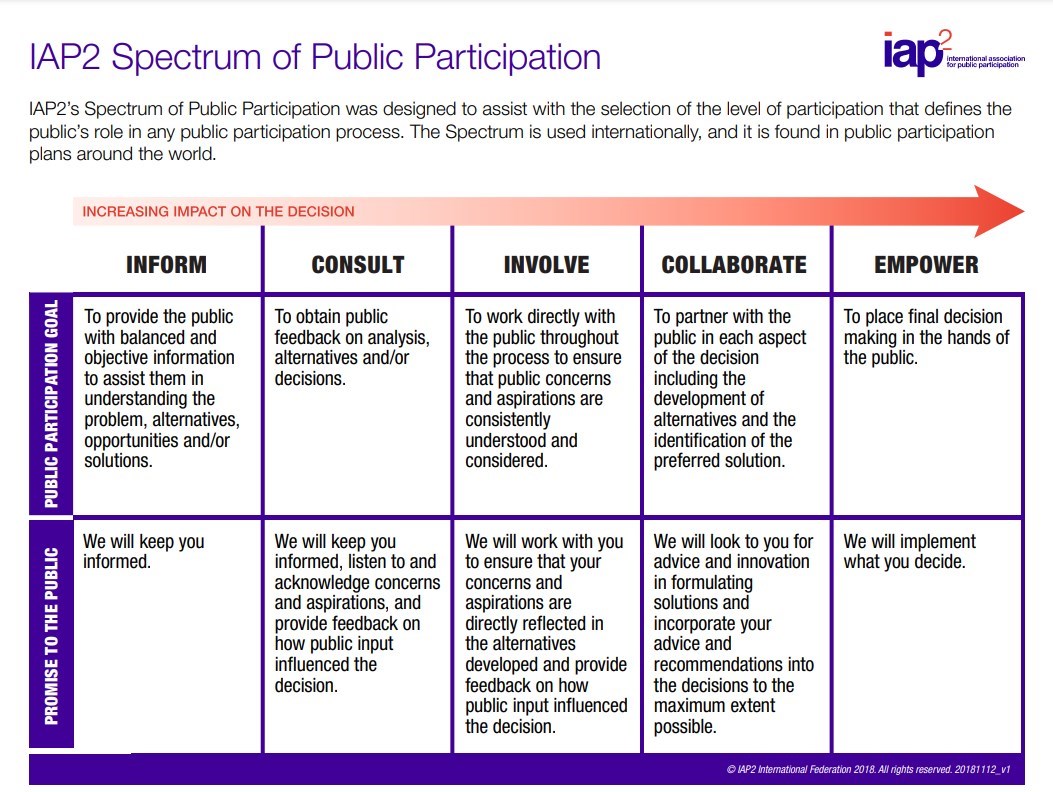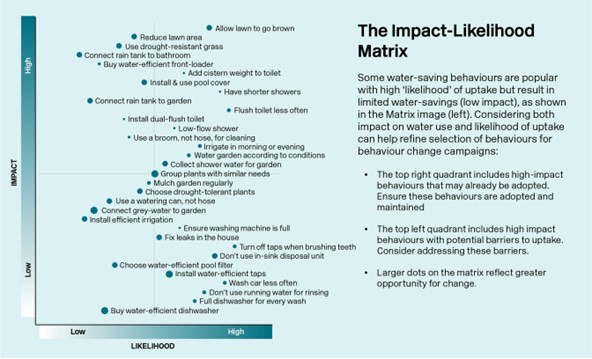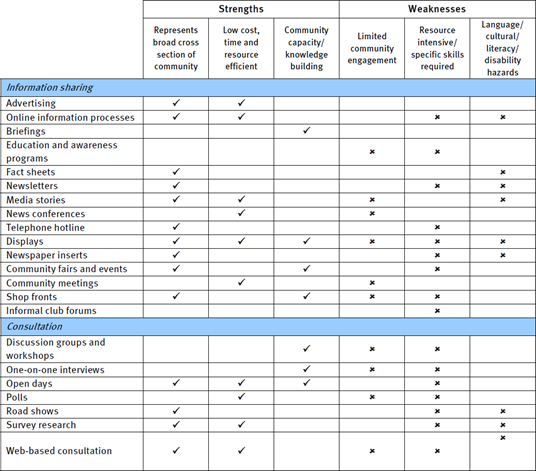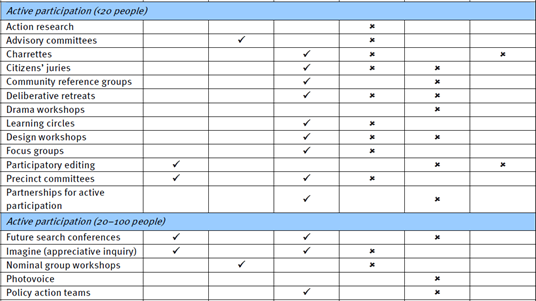Best Practice Community Engagement
Best practice involves a full commitment to involve all stakeholders.
The International Association for Public Participation (IAP2) defines engagement as an intentional process with the specific purpose of working across organisations, stakeholders, and communities to shape the decisions or actions of members of the community, stakeholders, or organisation in relation to a problem, opportunity, or outcome.
The IAP2 Public Participation Spectrum is designed to assist with the selection of the level of participation that defines the public’s role in any community engagement program. The Spectrum show that differing levels of participation are legitimate depending on the goals, time frames, resources and levels of concern in the decision to be made. However, and most importantly, the Spectrum sets out the promise being made to the public at each participation level. The Spectrum is widely used and is quoted in most community engagement manuals.
The spectrum outlines increasing levels of public impact as it progresses through successive stages including inform, consult, involve, collaborate and finally empower. Councils should aim for at least the 'involve' level, with 'collaborate' being the preferred goal.




